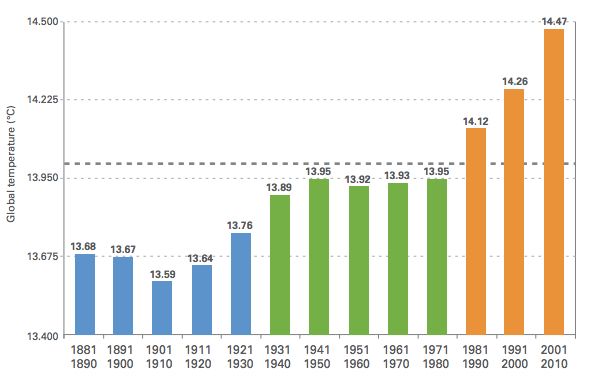From the g
lobal fire history source for the NASA study:
The record of global biomass burning over the last 2,000 years can be divided into four distinct intervals: (1) 1-1750, when climate drove the long term downward trend in biomass burning; (2) 1750 to late nineteenth century, when population-driven land-cover changes along with increases in global temperatures produced the sharp increase in biomass burning; (3) late nineteenth to mid-to-late twentieth century, which includes the striking decrease in biomass burning that accompanies the decrease in rate of land-cover change; and (4) the past several decades, which is beyond the resolving power of the global charcoal record, when increased biomass burning is reported in many tropical regions. (emphasis mine)
1- according to this record late nineteenth and early twentieth century burning was very high. Late twentieth century burning however was low, which matches the dataset I originally linked to.
2 - this record does not differentiate between wildfires and intentional burning.
3 - the authors themselves state that you can not compare recent years to the record.
4 - once again we see that the denier fails to actually read and understand the studies he links to. Par for the course.
In summary: as to Copper's original claim that last century saw more wildfire than we see today (implying that climate change is inconsequential or nonexistent), the first half of last century
probably saw more acres burned on average than today. The second half
definitely saw fewer acres burned than today. In addition, examining the record more closely reveals that the peak burning was due to humans changing the manner in which they used the land. As that changing subsided (most of the convertible land was already converted or management of forests became a priority), the biomass burning decreased. However, the current trend of increasing burning is apparently NOT tied to human land use changes. In fact the research supports the conclusion that climate change is starting to be and will increasingly be the primary driver of wildfires.
Isn't it interesting how examination of the actual data touted by deniers always ends up refuting their basic position?


